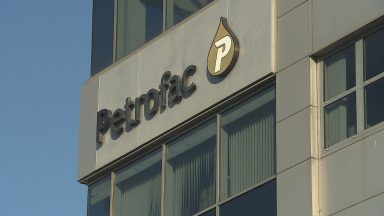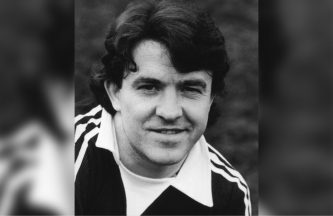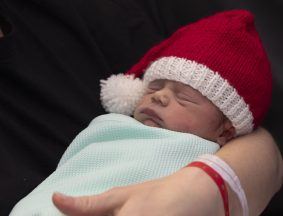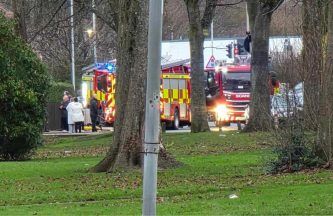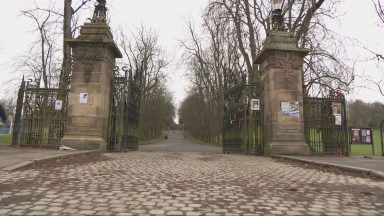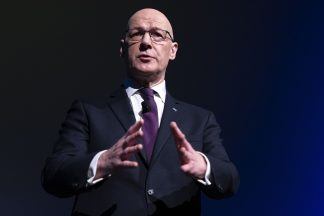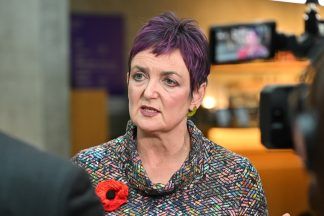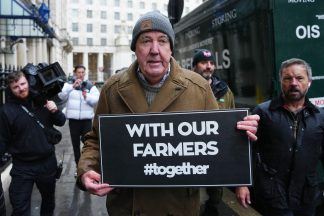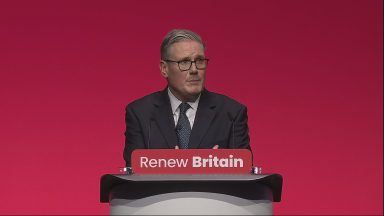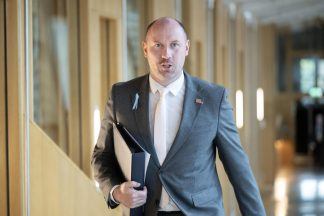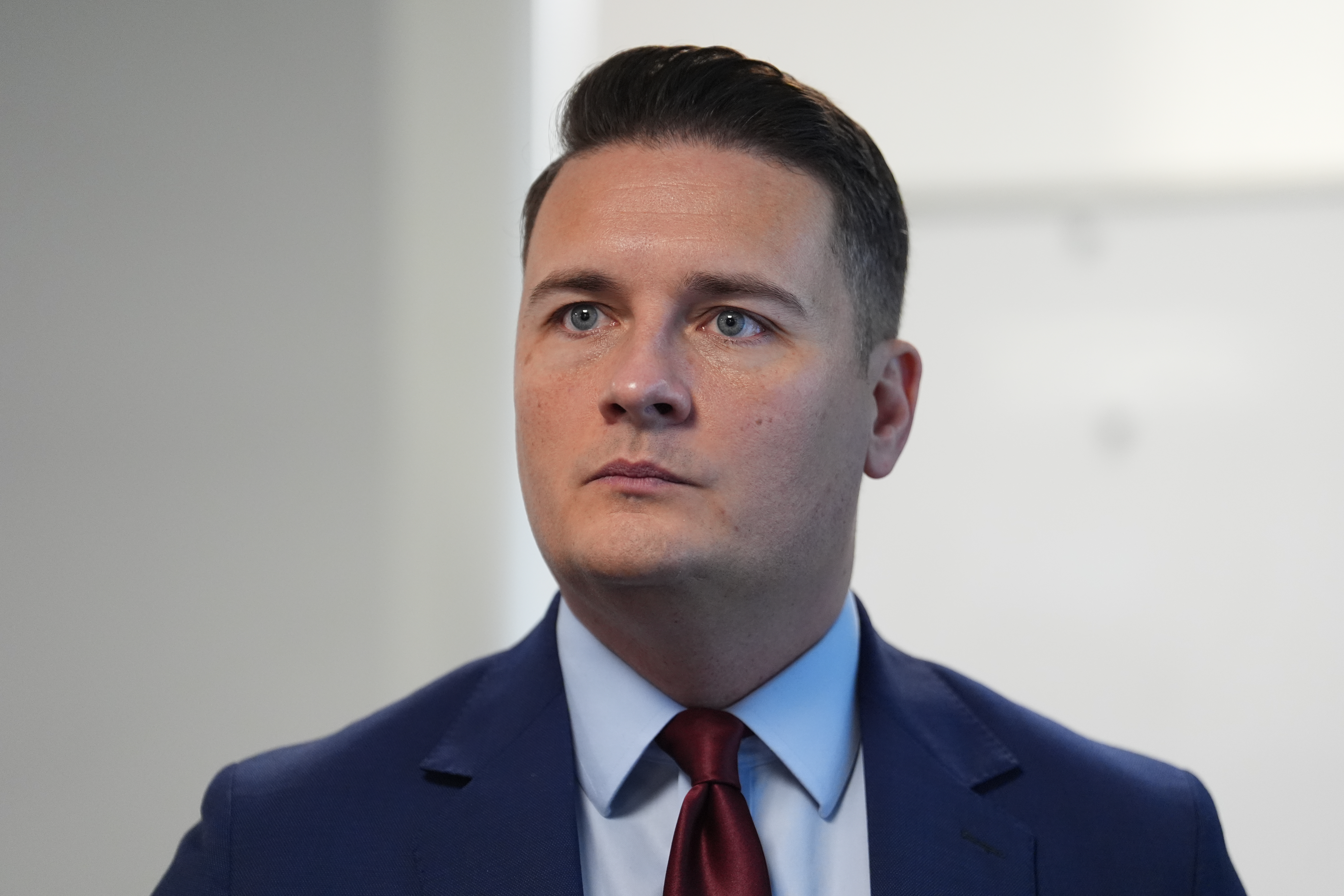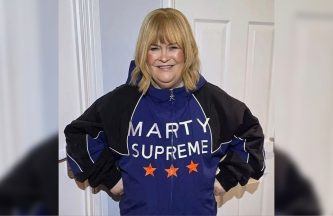Long ranked one of the most disadvantaged areas of Scotland, the Raploch has in recent years been on a mission of regeneration.
Building new housing, a new school and a new community campus has all been part of the drive to make the Stirling district – marked by decades of poverty and neglect – a better place to live.
Now, the Raploch – along with the rest of the Stirling constituency – is a key battleground in the general election in Scotland.
It’s a top SNP target as they seek to claim Stirling back from the Tories after Stephen Kerr unseated former MP Steven Paterson in 2017.
At the Raploch community campus, an outpost of Forth Valley College, older residents team up with nursery and school pupils to sing and play in the Big Noise orchestra.
The innovative project brings people together in targeted communities across Scotland, to help children and adults with social skills as well as musical.
For those taking part, the supposed big issues of this election – Brexit and a second independence referendum – don’t seem as pressing as they might to the politicians.
“There doesn’t seem to be many jobs for the young people around here at all,” one Raploch resident told STV.
“Everything’s shutting down, the high streets are dying,” said another woman.
“We’ve got a local job hub running up here which helps, but it’s trying to get everyone’s mindset into retraining.”
Politics is “scary” at the moment, she added, because people don’t know who to believe. “I think they should just get together and try to get Brexit done,” she said.
“I don’t agree with Brexit, it’s not my thing, but if that what’s everybody wants to happen, then just go and get it done.”
For an especially flighty constituency, look to Stirling, which has over the last 20 years returned Labour, SNP and Conservative MPs.
Steeped in Scottish history, its skyline marked by Stirling Castle and the Wallace Monument, it’s nonetheless not a particularly nationalist city – 60% voted No there in 2014.
I lived there for four years and it is, in many ways, a diverse place.
There’s the affluence of areas like Bridge of Allan and Dunblane and the relative poverty of places like the Raploch, Bannockburn and Borestone.
There’s a large rural community – with over a third of people in the constituency living in rural areas – and a substantial student community of more than 11,000.
As STV’s Westminster correspondent Kathryn Samson put it in her Stirling feature on the STV News at Six on Thursday, the seat can fairly be called a “snapshot” of Scotland at large.
Long a semi-marginal seat, it was held – by the skin of his teeth – by former Scottish secretary and Conservative Michael Forsyth in the late 1980s and early 1990s before he was resoundingly defeated in 1997 by Labour’s Anne McGuire.
Perhaps seeing the way the wind was blowing after the independence referendum, McGuire announced she would stand down as the area’s MP in early 2015, paving the way for the SNP’s Steven Paterson to take the seat as part of the nationalist tsunami in the Westminster election that year.
But in 2017, Conservative Stephen Kerr took the seat from Paterson with a majority of less than 150 votes, making it the tightest Tory-held constituency in Scotland.
Paterson attempted to become the SNP’s candidate once more this year, but he was beaten in the internal party contest by prominent SNP MEP Alyn Smith.
Conceding that he only moved into a flat in the constituency four weeks ago (three weeks at the time our interview with him was filmed), Smith stresses that he has not been parachuted in.
“I’ve made a commitment to Stirling, I promised the SNP I would move here if selected, I’ve done that… I’m not giving up the European parliament lightly,” he said.
Smith went on: “People are heartily sick of Brexit nonsense and they want politicians to focus on their actual lives and improving the lives of the people of Stirling.
“I’ve got 16 years of experience in the European parliament representing Stirling and the whole of Scotland.
“I want to take that to the House of Commons and bring some sense to this.”
Touting his anti-Brexit credentials, the SNP MEP said he had “stopped Brexit four times already. I’m getting T-shirts made”.
Clarified to explain what he meant, he added: “Success has many parents. But Mrs May was adamant Brexit was going to happen on March 29. It didn’t.
“Mr Johnson was going to die in a ditch on October 31. He didn’t. I obviously don’t wish him to die in a ditch.
“But this is the mark of the man we’re dealing with and this is the mark of the man who is being defended by the current incumbent within Stirling.”
In a sign of how determined the Tories are to keep Kerr, that incumbent, in his Westminster seat, former prime minister Theresa May knocked doors with him in the city last week.
Kerr has developed a reputation in the Commons as an enthusiastic Brexiteer – despite the fact the Stirling council area voted 67.7% to Remain in 2016.
“When you say I’m an outspoken Brexiteer, I absolutely believe in upholding the referendum result of 2016,” the Tory candidate said.
“68% of my constituents voted to Remain. But 99% of my constituents, at least, are democrats.”
Kerr says he is “pragmatic and sensible” about Brexit and committed, along with the rest of his Scottish colleagues, to stopping a second independence referendum.
He said: “Over the last two and a half years I’ve shown I can be a truly local champion for Stirling.
“Stirling is where I live, Stirling is where my family belongs, our children went to local schools, I’m completely embedded with the best interests of the people of Stirling.
“That’s what I want to continue doing, serving the people of Stirling.”
Stirling was once, not even too long ago, a Labour seat, but at the last two general elections the party has been well off the pace, falling from a distant second in 2015 to a distant third two years later.
For 19-year-old Mary Kate Ross – Scottish Labour’s youngest candidate in this election, and a student at Stirling University – she is not daunted.
This election is “about trying to see which party can transform lives”, she told STV.
“I just think Brexit and independence, they should be put aside for now.
“Now, it should be about we need. We need a better NHS, we need better transport, we need to update our broadband and connect the country.”
“A lot of people have been interested in what we have to offer,” Ross added.
She said, as a student, she wants to see the UK stay in the EU and will campaign to Remain in any future referendum – but added jobs are her key concern.
“As a working student I think Labour’s plan to ban zero-hour contracts is wonderful for us,” Ross said.
Neither the Scottish Liberal Democrats nor the Scottish Greens have managed much higher than 3% here in Westminster elections since 2015.
Fayzan Rehman, the Lib Dem candidate, is hoping he can change that.
“In Stirling specifically, most residents do not want to see Brexit and they do not want to see independence,” he said.
“So, on the other parties, they do not represent the views of Stirling constituents.”
He said Lib Dem canvassers were finding on the doorstep “many lifelong Conservative voters and Labour voters” who say they “can’t stomach” voting for either parties.
Rehman said: “They want to see more moderate politics in Scotland.”
For Bryan Quinn of the Greens, this election should be about the environment – because there is “more to life than Brexit and independence”.
Quinn said: “We’ve got a climate emergency, we’ve got ten years to tackle climate change and we’re offering a voice to voters in Stirling to demand climate action.”
Asked about criticism over splitting the pro-independence vote with the SNP, he answered: “If the SNP or anyone else is worried about splitting any kind of vote, they should listen to why people want to vote for the Green party.
“If people aren’t happy with their policies and people want to vote Green, then that’s their problem.”
In 2017, the Conservatives enjoyed a huge swing in the Scottish seats they won – an average of 14.5% – based on their solid stance against indyref2.
But to start taking their lost seats back, the nationalists only need an average swing of only around 5%, with a poll for STV News just today indicating the SNP are in that ballpark.
So, as well as being a key Scottish election battleground on December 12, Stirling could also be a bellwether.
If the Tories can hold on here, it might be that they can keep the bulk of their seats north of the border. If Stirling falls to the SNP, it might not be the only one, in two weeks’ time, to do so.



